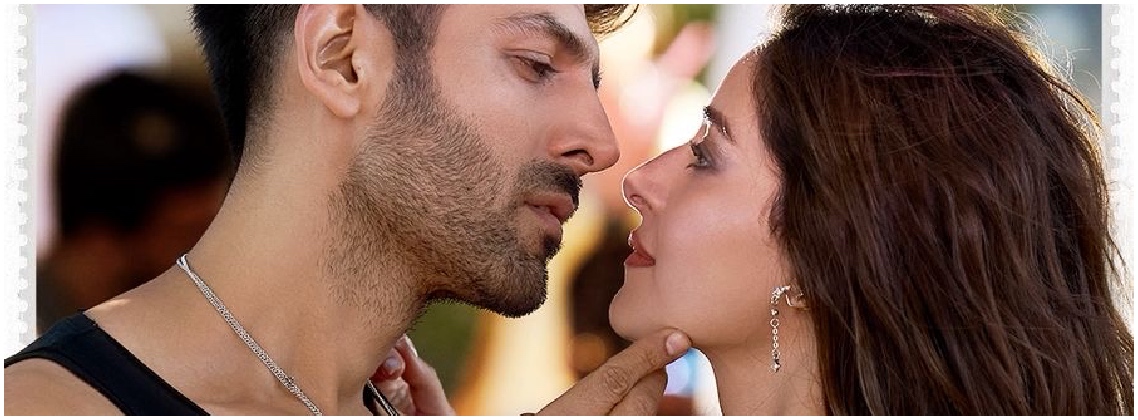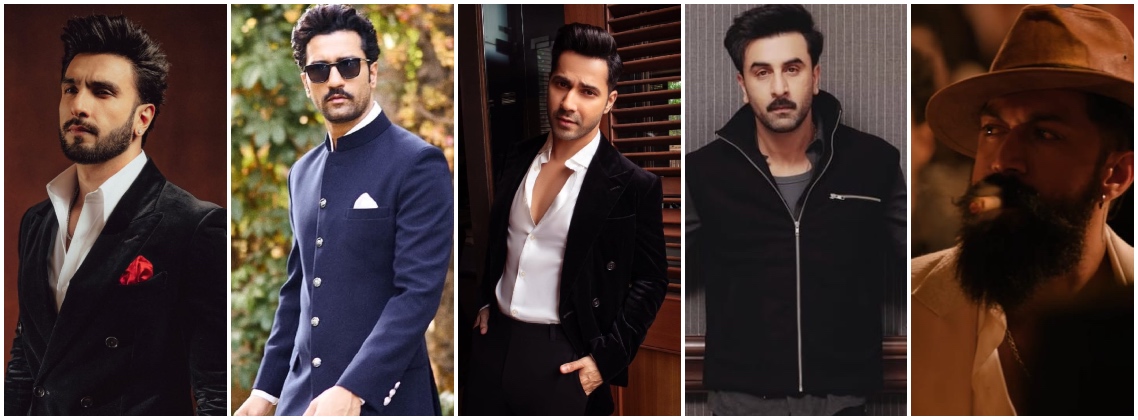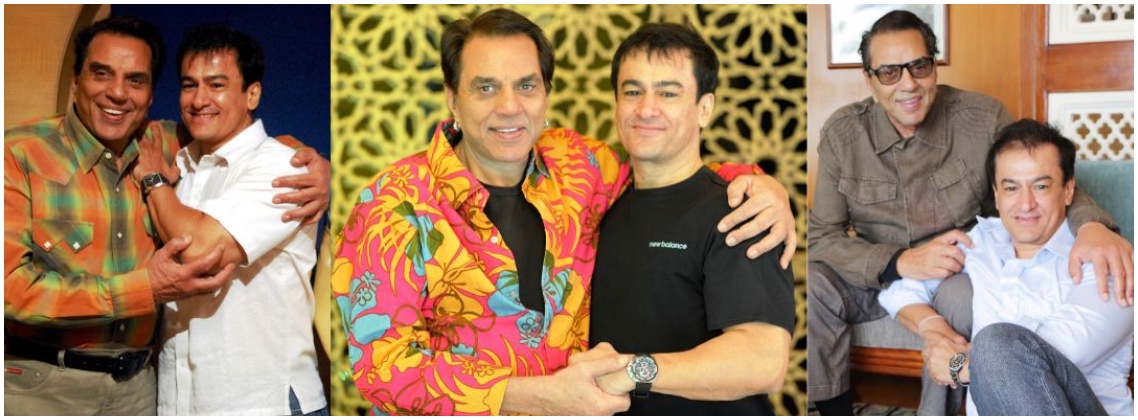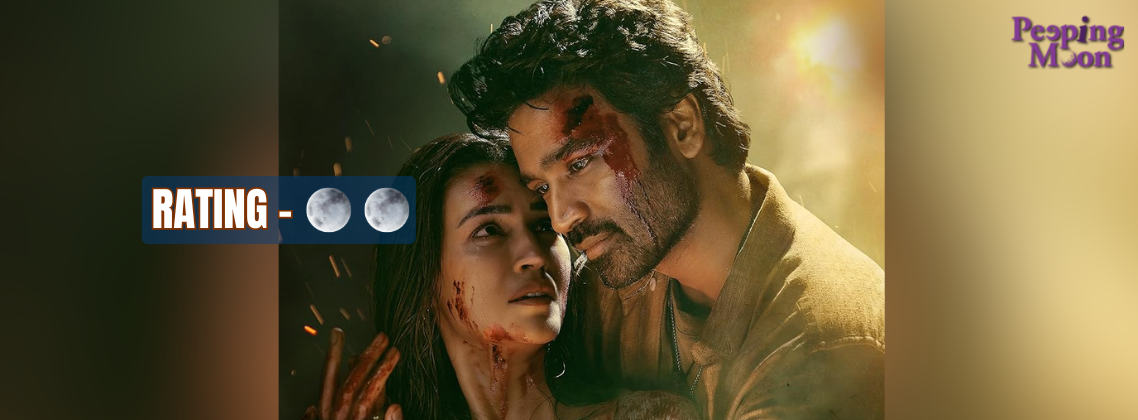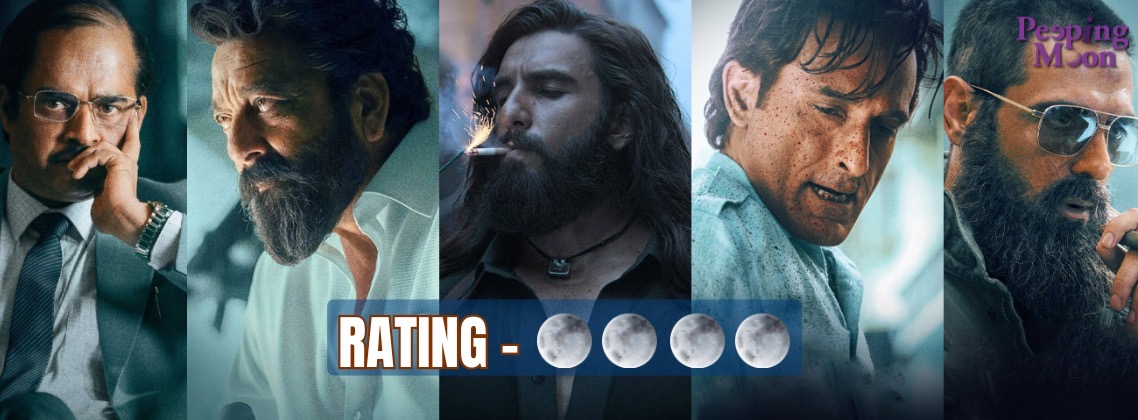We lost the lovely Sridevi on the 24th of February. The tragedy came as a terrible shock to Bollywood and its followers. The superstar of Bollywood, the Hawa Hawai girl, enamoured us with her stellar performances through the years. Here is a tribute to the power house actress and diva of the silver screen.
A revisit to the 1991 movie Lamhe:
There is a strange thrill in re-watching old movies with a big audience in a theatre. Despite satellite television, Netflix and YouTube robbing the romance of watching a film on 70 mm, seeing a young Sridevi on the big screen – dancing, laughing and prancing about uninhibitedly – offers a bizarre feeling of comfort and nostalgia. That’s what Lamhe did to viewers at a recent screening in Dubai, organized by a local radio station, 106.2 Big FM as a tribute to the eternal diva who passed away recently.

Recommended Read: Janhvi took Sridevi for a spin while test-riding a motorbike
I am not sure how many people present there were actually fans of Sridevi but watching her peacock dance to Morni Baagha Mein or hearing her squeaky laughter sure reaffirmed the fact there can never be another Sri in Hindi cinema. In those three hours, the audience – all 80s and 90s children - were transported back in time, reliving an era when our perception of love, relationships and cinema were far different from now. Nostalgia aside, it’s also strange how we view movies through a different prism as time goes by. Lamhe, released in 1991, shocked conservative Indian viewers with its ‘bold’ theme of a man falling in love with an 18-year-old girl whose mother he had loved and lost years ago!
Unconventional it certainly was for the aam viewer back then but Lamhe also had a huge section rooting for it. These were the elites who were familiar with and loved watching Hollywood romances on VHS tapes and hence, were slightly more welcoming of unusual love stories in Bollywood. However, for all the praise it garnered in reviews and award functions and its status as a cult classic over the years, a more critical viewing of Lamhe throws up some interesting questions.

If judged by today’s moral standards, this Anil Kapoor-Sridevi-Anupam Kher starrer crosses some seriously problematic lines! First and foremost is the improbability of a greying Anil Kapoor falling for a young Sridevi (Pooja) primarily because she looks like her mother who he had loved eons ago! Agreed, age isn’t an issue in love but err… what about compatibility, attraction and trust – reasons why people fall in love in the first place?
Incidentally, the mother (Pallavi, Sridevi in ghagra cholis) had had no feelings for him, she was in love with an army officer (a hopelessly miscast Deepak Malhotra. Remember ‘Pallo’?). But Viren holds on to his feelings for years and years until Pooja brings a change of heart in the climax. Now, Sridevi’s Pooja is a very interesting girl. She falls madly in love with Viren – who has reared and supported her financially - despite not having had any interaction with him during her growing up years.

Fine, love works in mysterious ways and you can’t really judge how people feel for each other so let’s accept her feelings for a minute. But her actions show a rather stubborn young woman who cannot take no for an answer. Pooja is sweet and funny and extremely likeable but her single-minded pursuit of her ‘Kunwarju’ is nothing short of borderline stalking. She is bold enough to express her feelings for him (good girl!) but when he categorically states he doesn’t reciprocate, she refuses to back off, almost guilt-tripping him.
Quite like the Hindi film hero of yore who used to feel ‘No means Maybe’ and ‘Maybe means Yes’, our Pooja too probably felt that Viren was just shy of acknowledging his latent feelings for her. She buys him a gift (a colourful pullover) that he doesn’t like, forces him to wear it and then embarrasses him by telling her she has loved him since childhood (childhood???). The person you feel most sorry for, is of course, Viren’s on-off girlfriend Anita who, we are told, has waited for five years for him to say yes to her, only to be hopelessly short-changed in the end. She is the one who supported him through the years, helping him to move on a bit from his lost love for Pallavi but it doesn’t take long for him to friendzone her as he prefers to waltz with young and bubbly Pooja.
Then there is the troublesome scene of Viren, an otherwise refined and soft-spoken man, slapping Pooja after she confesses her feelings. It’s one tight resounding slap that is glamorized and played over and over again as Pooja dances her frustration away. Beautifully shot but the violence is a bit discomfiting if you think deeply about it. He slaps her again a few scenes later when she, mistakenly believing that he loves her and is hesitant to spell it out, asks him to put sindoor, shortly after dancing to the melodious Teri Bindiya.
While Pooja deserves kudos for knowing her mind and not being ashamed to woo her man, she should also accept if the man isn’t interested, shouldn’t she? And why trample upon another woman’s (Anita’s) feelings especially considering the latter matched Viren in terms of age, compatibility and maturity? But well, it’s a Hindi film and ultimately true love – even if a bit forced on one side – should triumph. As it does with Viren finally acknowledging Pooja’s feelings.
Despite the improbable premise, would you want Lamhe to be made any other way? Probably not! Because there is something just so warm and fuzzy about the film that it remains one of the most beautiful romances of mainstream Hindi cinema despite its flaws. We may nitpick and analyze it applying current cinematic and social values, but there is no denying that this film is a true Yash Chopra masterpiece, warranting repeat views. His elegance is stamped in every scene, some of the dialogues are sheer poetry, the songs and their choreography are magical and the performances are marvellous.
And finally, there’s Sridevi. Her bright eyes, her mischievous laughter, mind-blowing dances and gorgeous outfits warrant a watch over and over again. If there was one film that brought out the best in her, it was Lamhe. One doesn’t know how it would be received had it been released now. Would the audience be more appreciative of its refined treatment and stunning visuals or would relationship experts and activists call it out for what most likely would be termed as ‘unacceptable’ relationship codes? But watching the Mills & Boon story unfold in a darkened theatre, losing yourself in the beauty of London and Rajasthan captured on screen, you just wanted those movie lamhas (moments) to never end.




